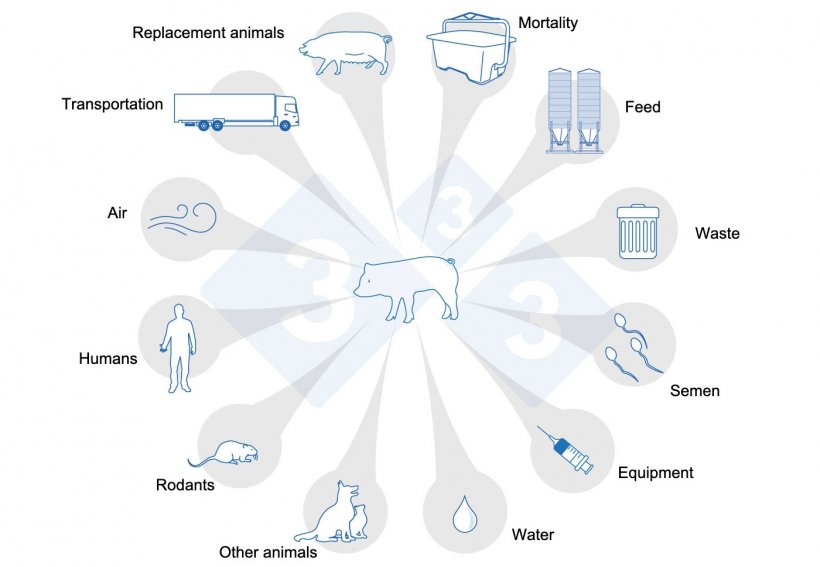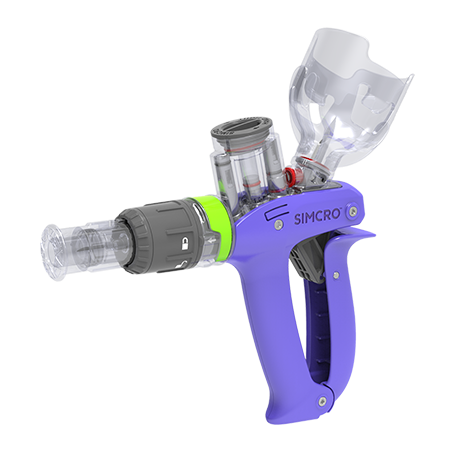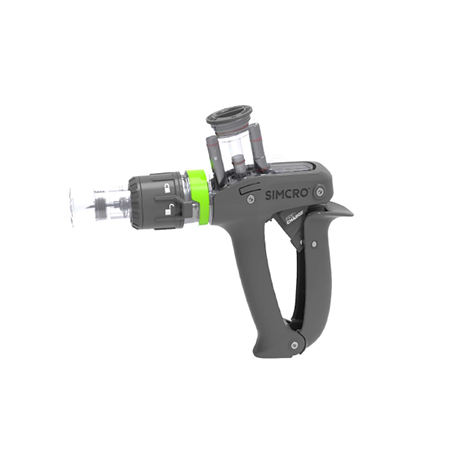In the global swine industry, regional control programs were designed as an initiative to control and eradicate different viral diseases including classical swine fever, Aujeszky's disease, and foot-and-mouth disease. Due to the significant economic and production impact of porcine reproductive and respiratory syndrome (PRRS), in the last twenty-five years a series of projects were initiated with the objective of controlling and/or eliminating it. Currently, it is estimated that the presence of PRRS virus, along with other pathogens, especially those linked to the porcine respiratory complex such as Mycoplasma hyopneumoniae, swine influenza virus, Glaesserella parasuis, and Streptococcus suis, cost $10-15 USD (Nathues et al. 2017) per animal produced on the farm. So why are there few active regional control programs left in the swine industry worldwide? Basically, because controlling PRRS and other major swine diseases requires a strategy of multiple hurdles that make implementation very complex since, in order to reduce and eliminate pathogens we need to introduce fundamental procedures on multiple occasions that, used sequentially, are more effective than the sum of individual hurdles.
In my experience, regional control projects (taking PRRS projects as an example but extrapolating to other viral swine pathogens) have been abandoned for the following reasons:

1. Sometimes we wanted to eliminate two or more pathogens in the same program without considering that each pathogen has specific characteristics that require different control and elimination strategies. For example, PRRS virus has a long viremia and persistence (21-35 and ≥135 days, respectively). These characteristics, together with the lack of experience in PRRS control, led us to set very ambitious and unrealistic expectations. Today it is clear that in areas with high pig density (270-3000 pigs per km2) (Dürr et al. 2013), where there is high interaction between farms, the objective should be to control, and in low-density areas we could consider the possible elimination of the virus.
2. History has shown us that no endemic viral disease- human or animal- has ever been eradicated without the aid of an effective vaccine. In the case of PRRSv, the role of cellular immunity and neutralizing antibodies has yet to be fully elucidated, which, together with the mechanisms of mutation, recombination, and lack of heterologous protection, prevent robust population immunity, thus allowing the continued presence of susceptible subpopulations.
3. We have not understood the importance of establishing, adhering to, and continuously auditing an effective, non-psychological biosecurity program. PRRS virus has at least 12 transmission routes that vary in importance depending on the complexity and location of the system (Figure 1). As illustrated in the following equation, and well known to all of us, biosecurity is complex. Unfortunately, in many swine production systems, the cost of its implementation and maintenance is still considered an expense and not an investment. Not having an effective biosecurity program allows for continuous recontamination, both externally and internally, of susceptible populations in the herd.
B = 1K + 1P + 3E + 4O + 2R + OE + Ɛ
B= Bioseguridad, K= Knowledge, P= Planning, E= Execution, O= Observation, R= Regional, Ɛ= Error

An important point I would like to stress is the large amount of scientific evidence we have about the role of transportation as a vector of transmission and contamination of different swine pathogens and the little attention and importance we have given to it.
4. Lack of integration. A regional control program requires that producers, veterinarians, animal scientists, technicians, and all those involved in the swine industry work together to achieve better results than they would if working individually. This integration can only be achieved under the leadership of an empowered and responsible project coordinator who ensures the follow-up of a detailed, previously established plan. This plan should specify the actions, the timing of their implementation, their continuous audit and modification when necessary, and very importantly, a realistic project budget.
At present, together with establishing an adequate biosecurity program, diagnosis is the point that requires the greatest investment in a regional control program. There are currently a large number of non-invasive and effective techniques for sample collection that allow us to objectively monitor the progress of the program; there is, therefore, no justification for not following it in a timely manner. If an adequate diagnostic program is not established and followed for the various populations, regardless of the production system, the chain of infection is not broken and the pathogens prevail in the population.
5. Finally, knowledge is power. A solid database allows us to analyze and evaluate progress. It is also important to convince all project participants to share information, which will allow us to detect the points that will ensure the progress and success of the project.
Undoubtedly, we already have the information and a wide range of tools for the control, and future elimination, of different important swine pathogens. Bringing them together, implementing them and, above all, counting on the cooperation of all those involved is the titanic task we face every day in the field. I am convinced that an adequate analysis of the productive and economic impact and, above all, of the return on investment, together with great leadership, will trigger the necessary cooperation. No one said it would be easy.









